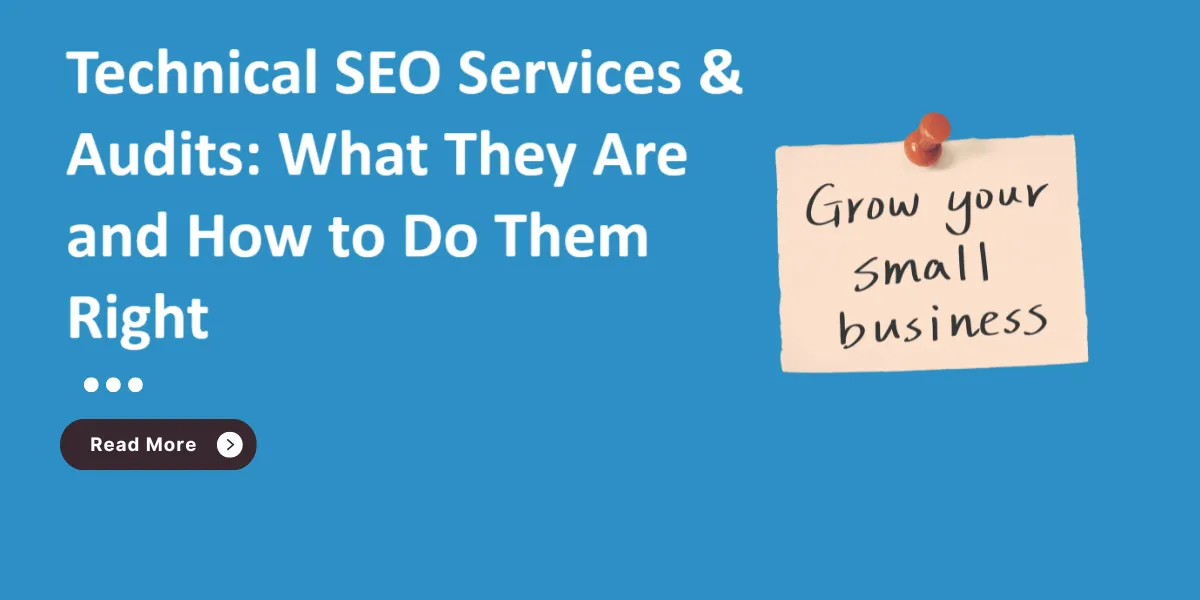


Before diving into the audit, it’s crucial to establish clear objectives. Why are you conducting this audit? Is it to boost organic traffic, identify outdated content, or perhaps both? Setting these objectives not only guides the audit process but also provides benchmarks against which you can measure improvements.
Every piece of content on your website, be it a blog post, an infographic, or a video, contributes to your online presence. Aggregating all your content assets is the first actionable step in your audit. Numerous tools, including some SEO platforms, can aid in cataloging your content efficiently.
With your content inventory ready, the next step involves diving deep into performance metrics. Key indicators such as page views, bounce rates, and conversion rates provide invaluable insights into how your content is performing. Platforms like Google Analytics and Google Search Console are instrumental in this analytical phase.
Quality over quantity remains a prevailing mantra in content marketing. Determining the quality of your content, from its readability to its relevance, is a pivotal step in the audit. With the rapid pace at which industries evolve, outdated content can easily slip through the cracks, necessitating routine evaluations.
Even the most well-written content can flounder if burdened by SEO issues. Factors like broken links, duplicate content, or slow-loading pages can severely dent your SEO score and, by extension, your visibility. Leveraging best practices and tools can help pinpoint and rectify these issues swiftly.
Complacency is a pitfall in SEO. Regularly analyzing your content in relation to industry competitors provides invaluable insights. Understanding where you shine and where you lag allows for targeted optimization strategies, ensuring you remain a step ahead.
Following the in-depth analysis, it’s time to get actionable. What areas need immediate attention? Which changes promise the most impact? Prioritizing tasks ensures the most significant issues get addressed first. Creating a timeline and delegating responsibilities can expedite the optimization process.
Having an action plan is half the battle; implementing it is where the magic happens. Following changes, consistent monitoring is vital. Tracking tools can help you see the fruits of your labor, allowing for strategy adjustments where necessary.
Content auditing, while systematic and meticulous, promises substantial rewards. By enhancing your content and ensuring it aligns with best SEO practices, you’re not only improving visibility but also ensuring your audience receives quality, relevant information. Regular audits and continual refinement are the cornerstones of an effective content strategy.